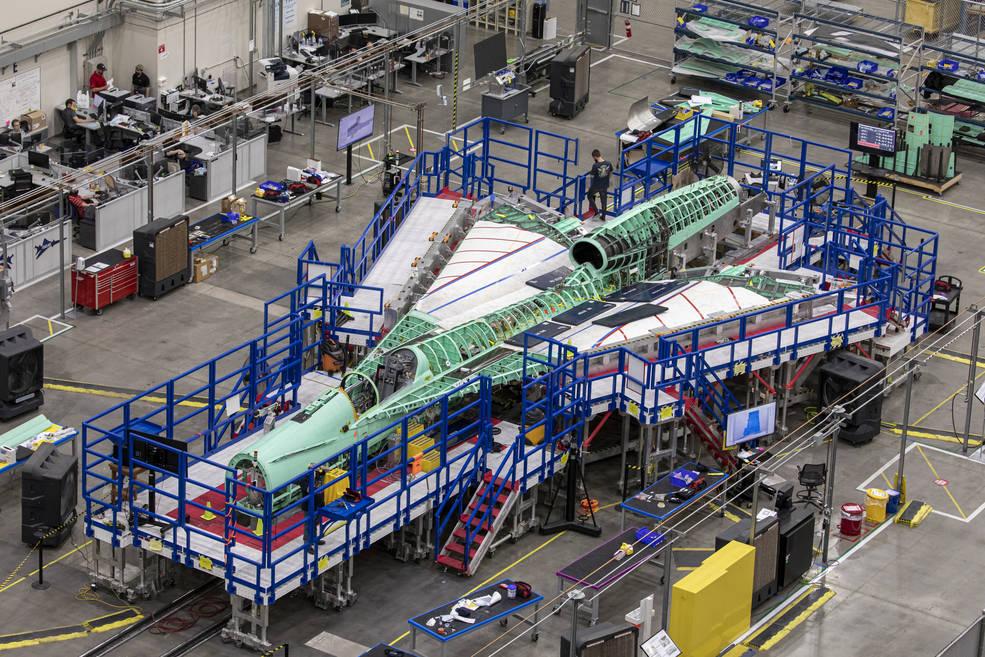
Credit: Lockheed Martin
Lockheed Martin has completed final assembly of the X-59 Low Boom Supersonic Demonstrator in Palmdale, California, and is preparing to ship the experimental aircraft to Fort Worth for structural testing, a company executive said. The flight-test airframe for NASA’s Quiet Supersonic Technology...
Subscription Required
This content requires a subscription to one of the Aviation Week Intelligence Network (AWIN) bundles.
Schedule a demo today to find out how you can access this content and similar content related to your area of the global aviation industry.
Already an AWIN subscriber? Login
Did you know? Aviation Week has won top honors multiple times in the Jesse H. Neal National Business Journalism Awards, the business-to-business media equivalent of the Pulitzer Prizes.





